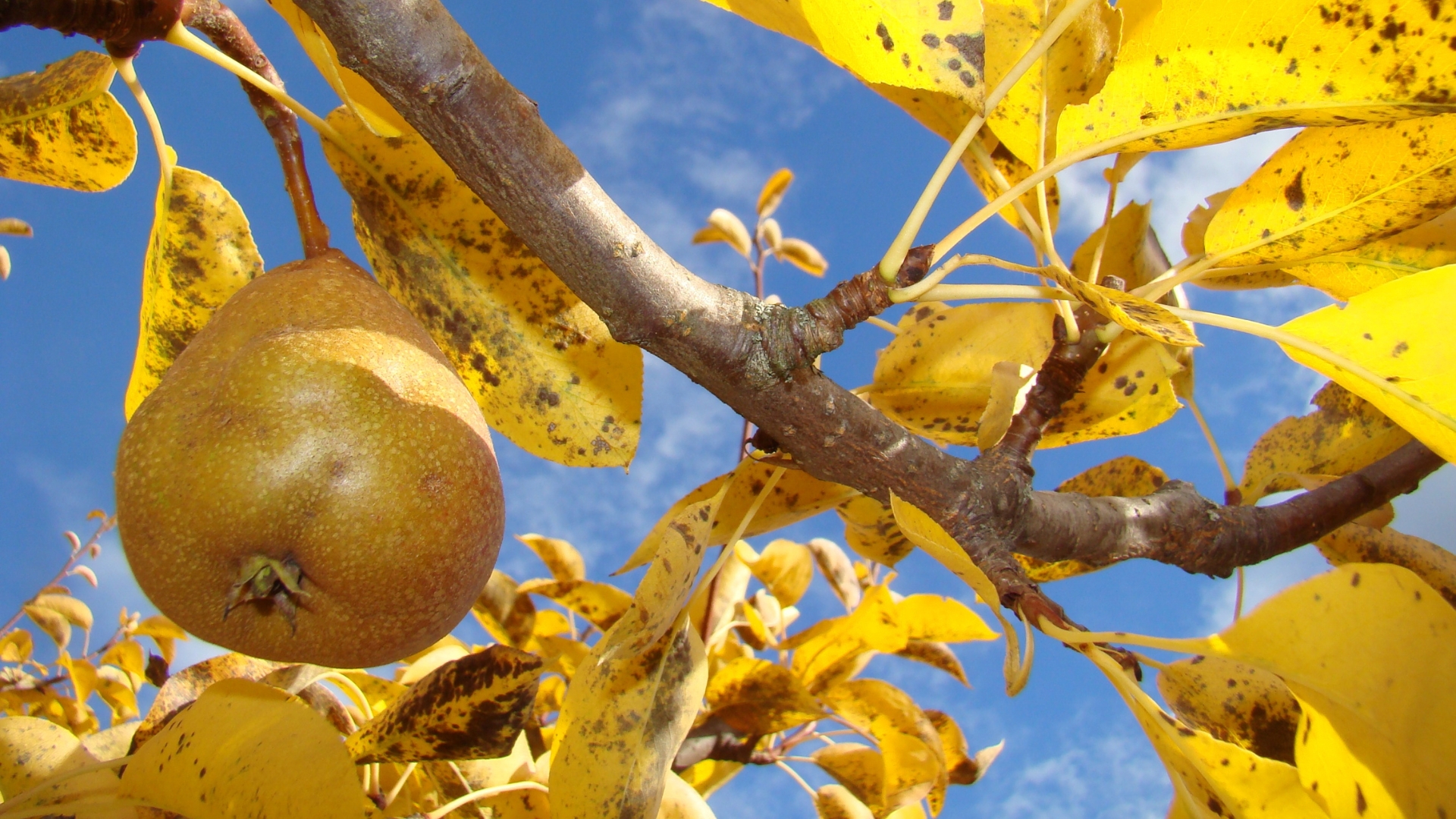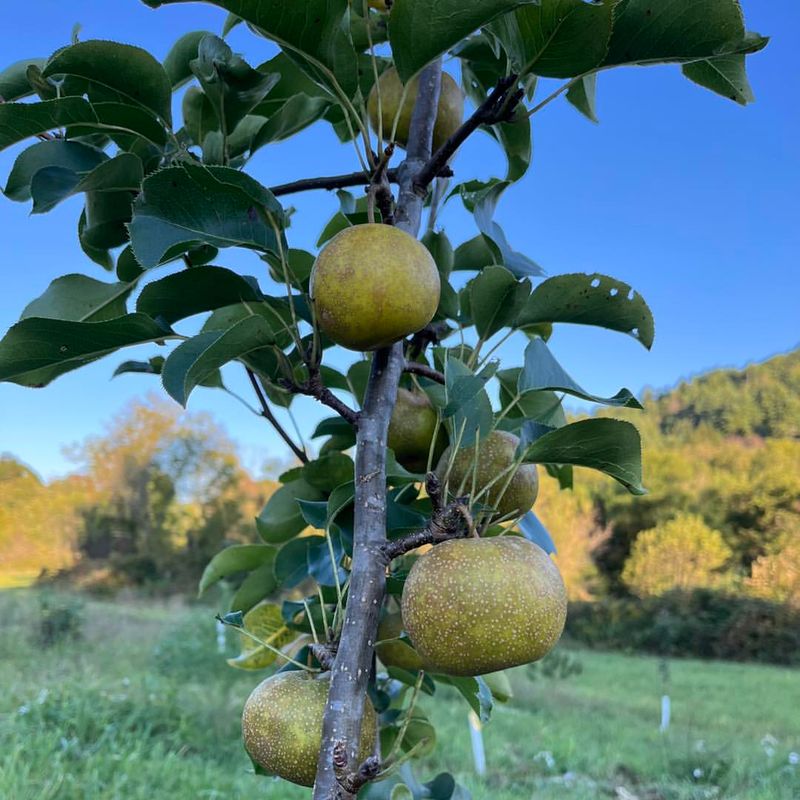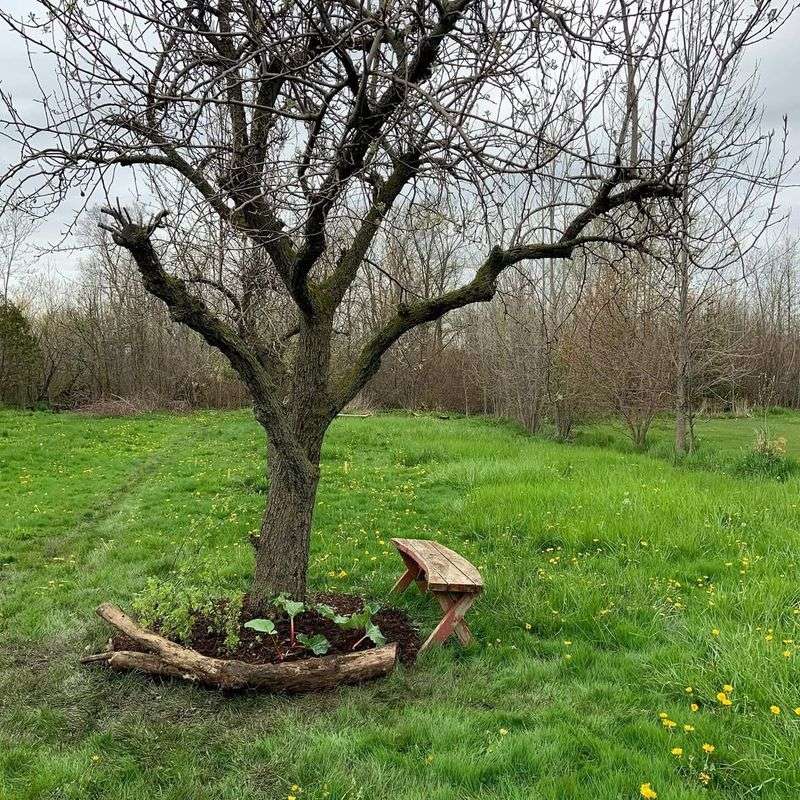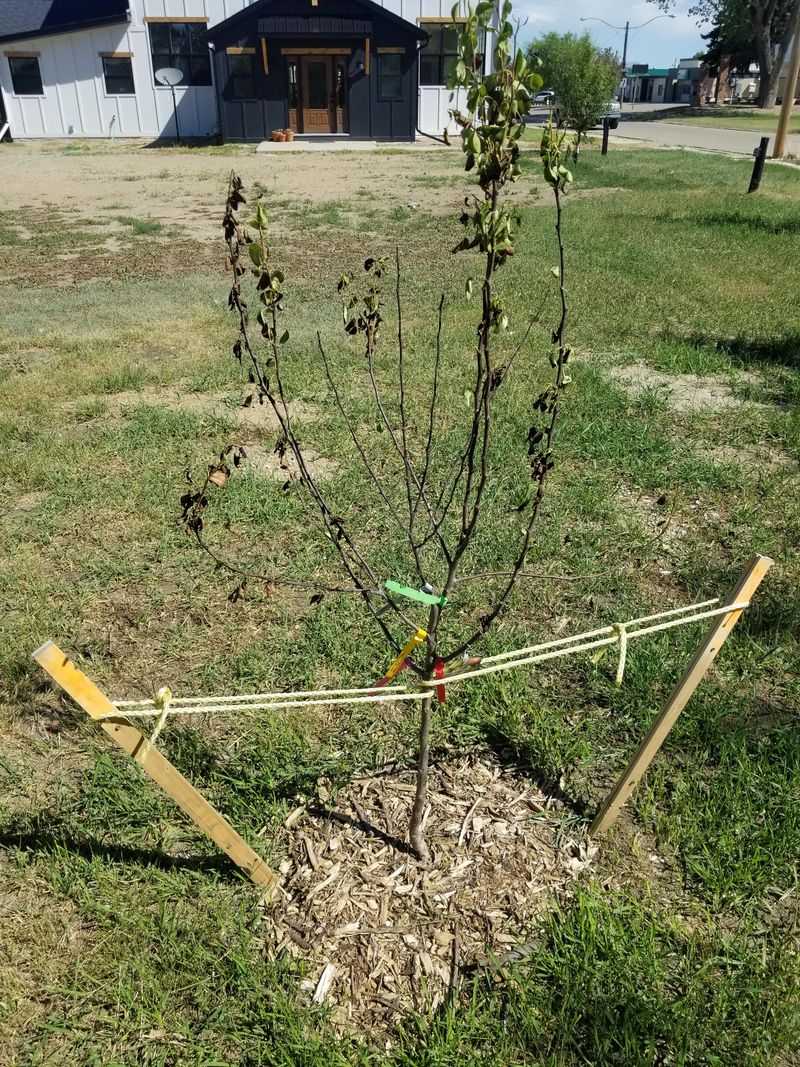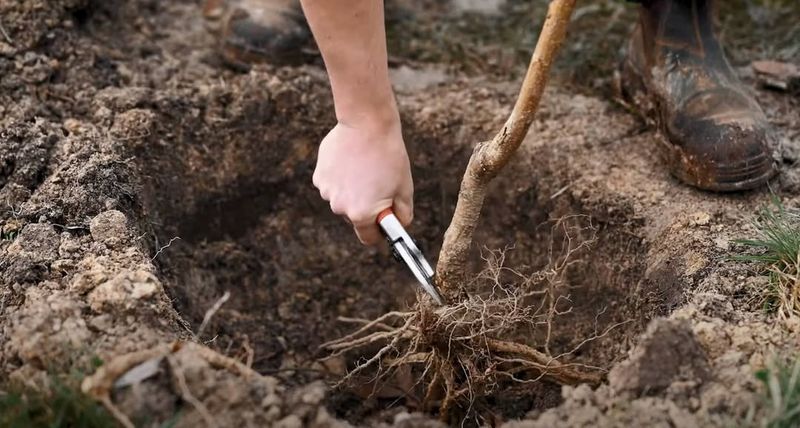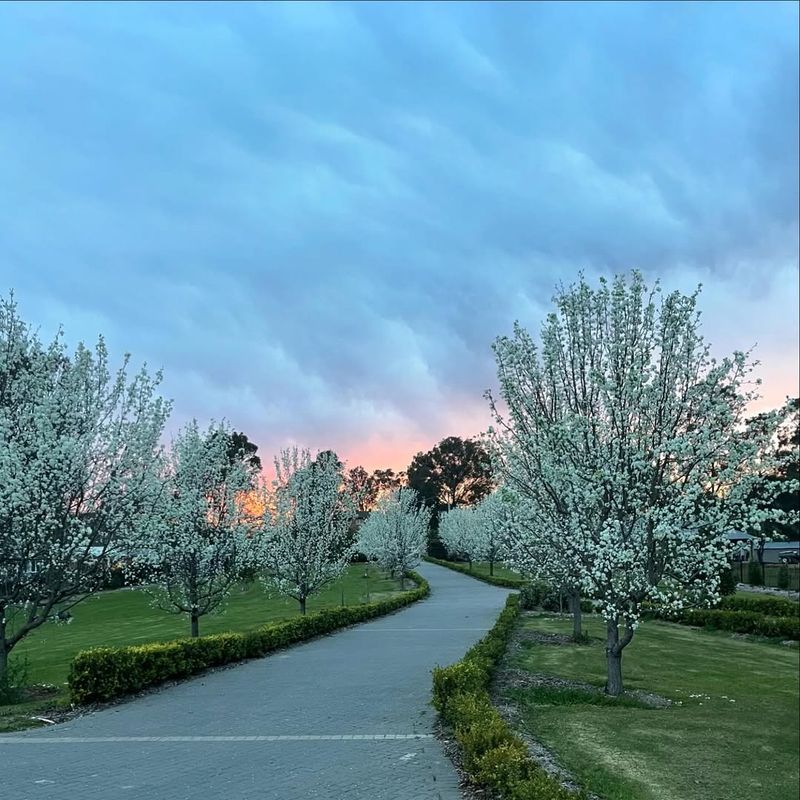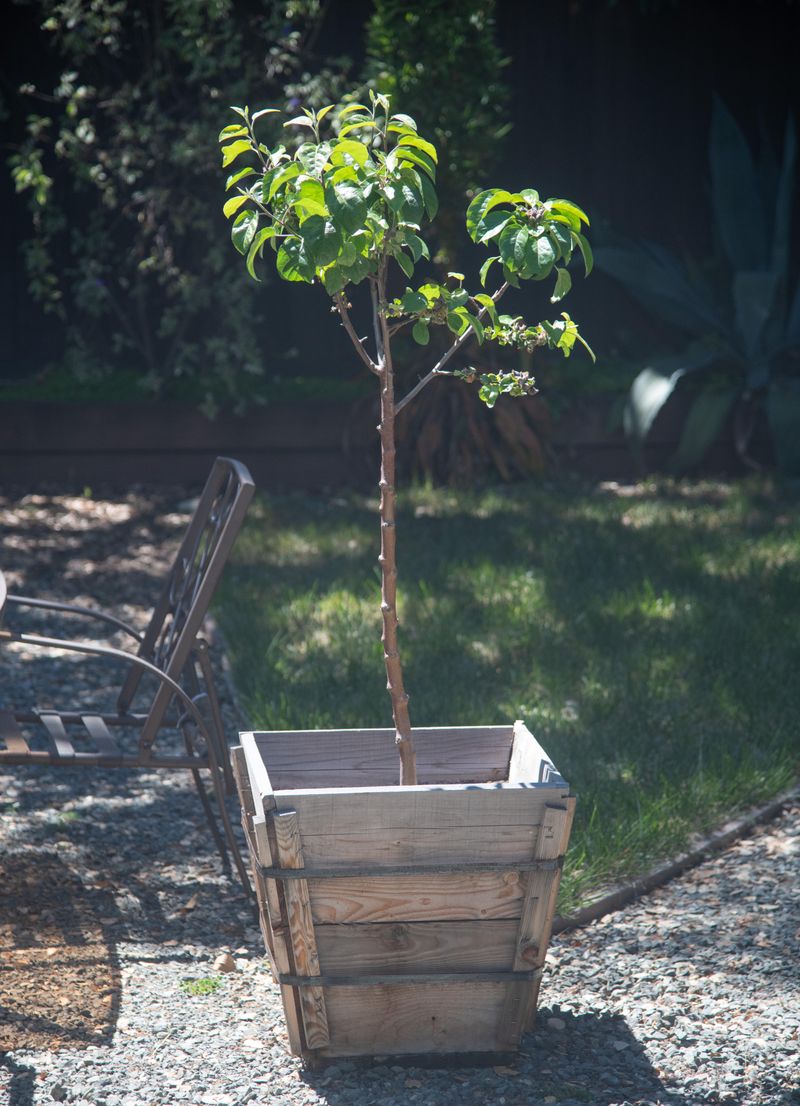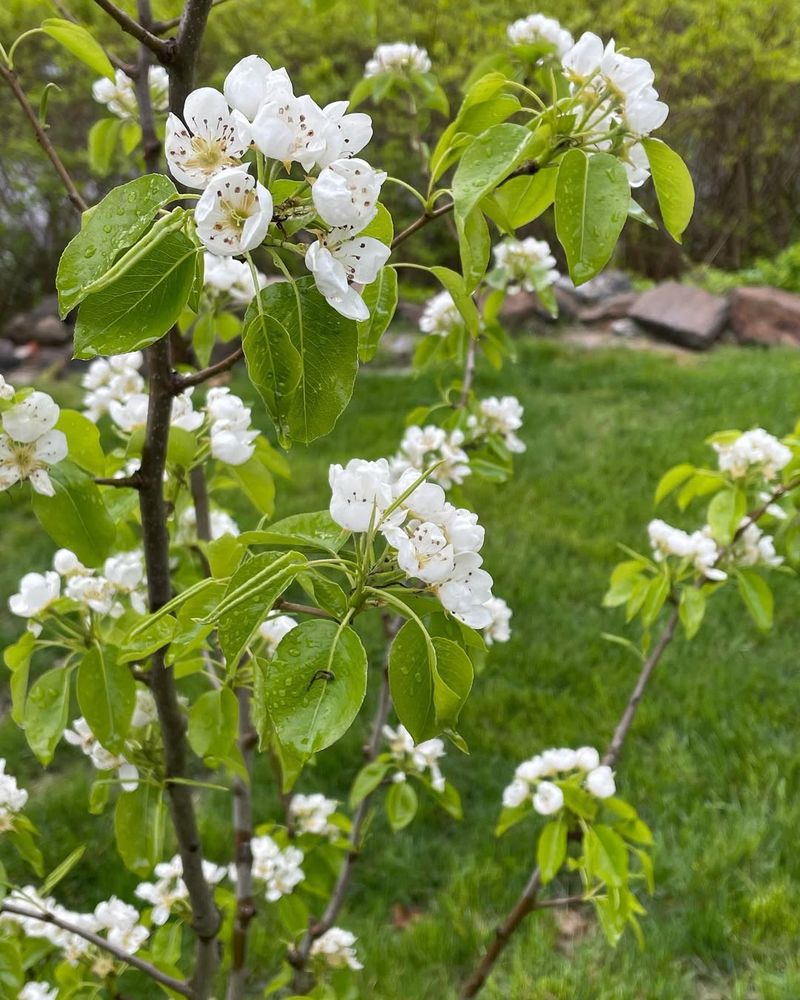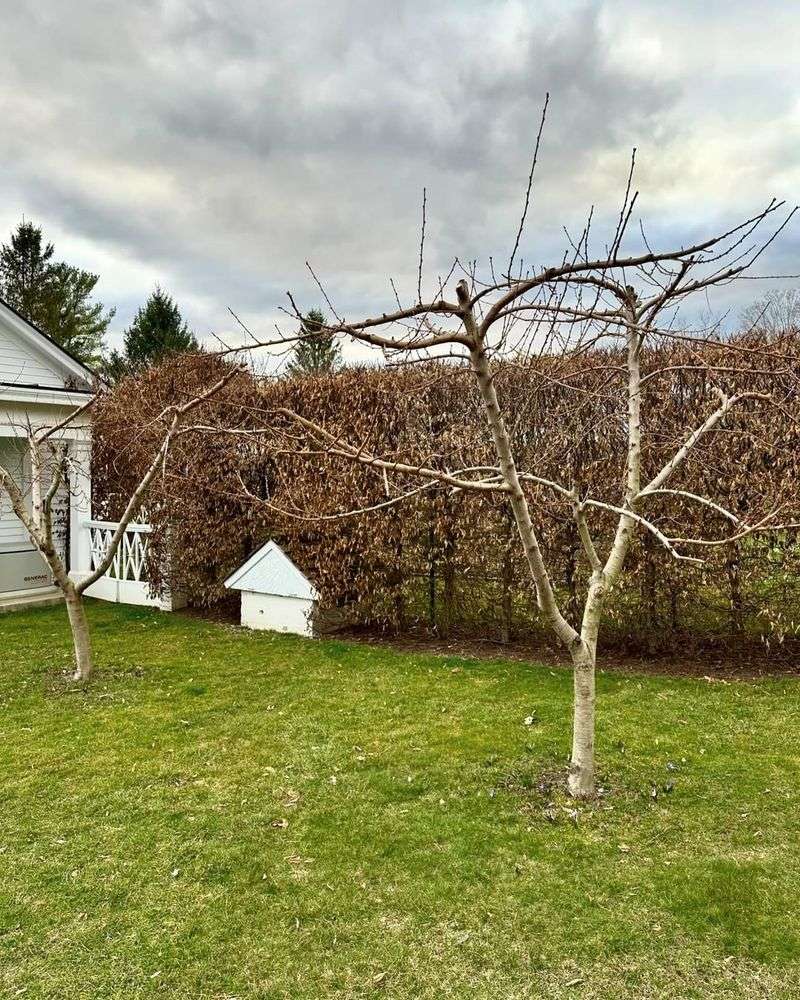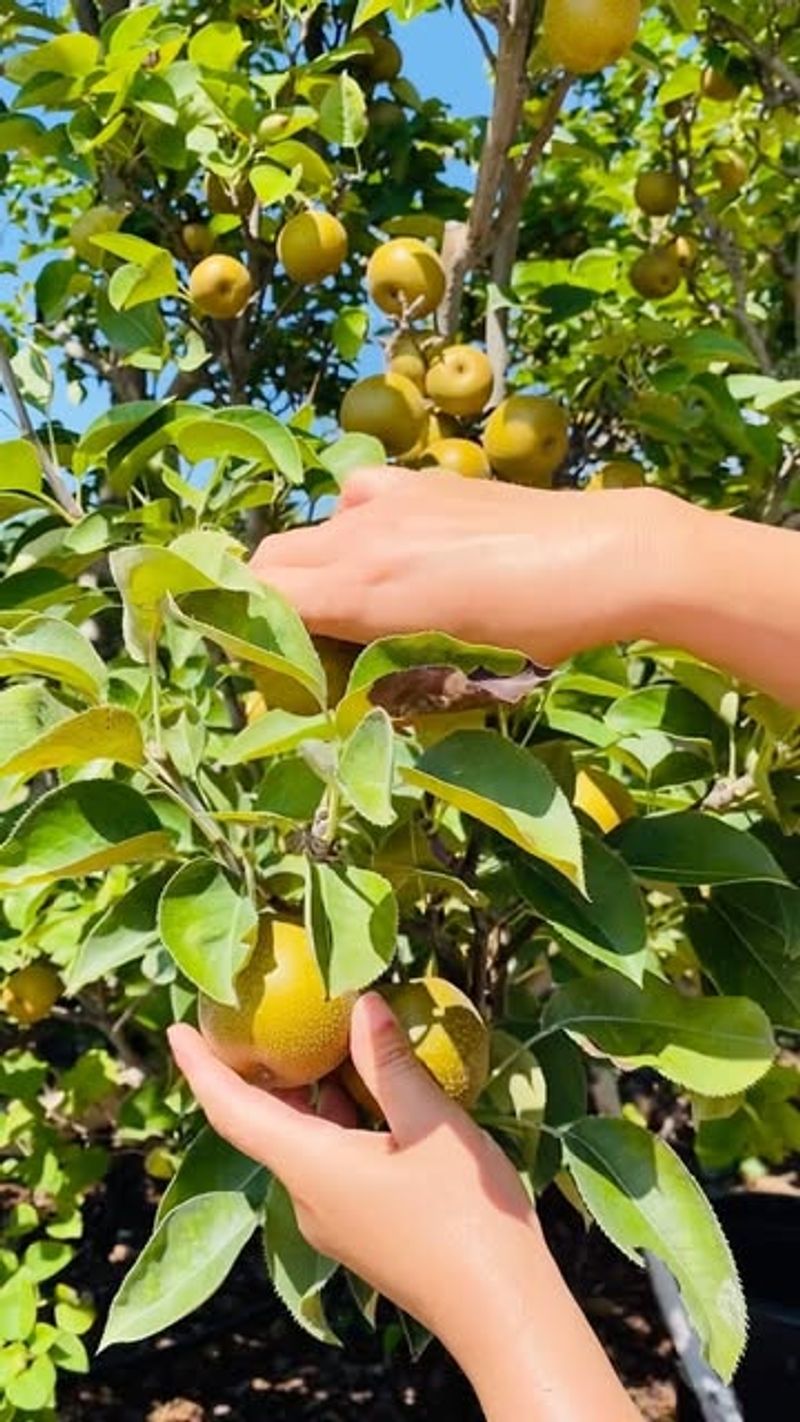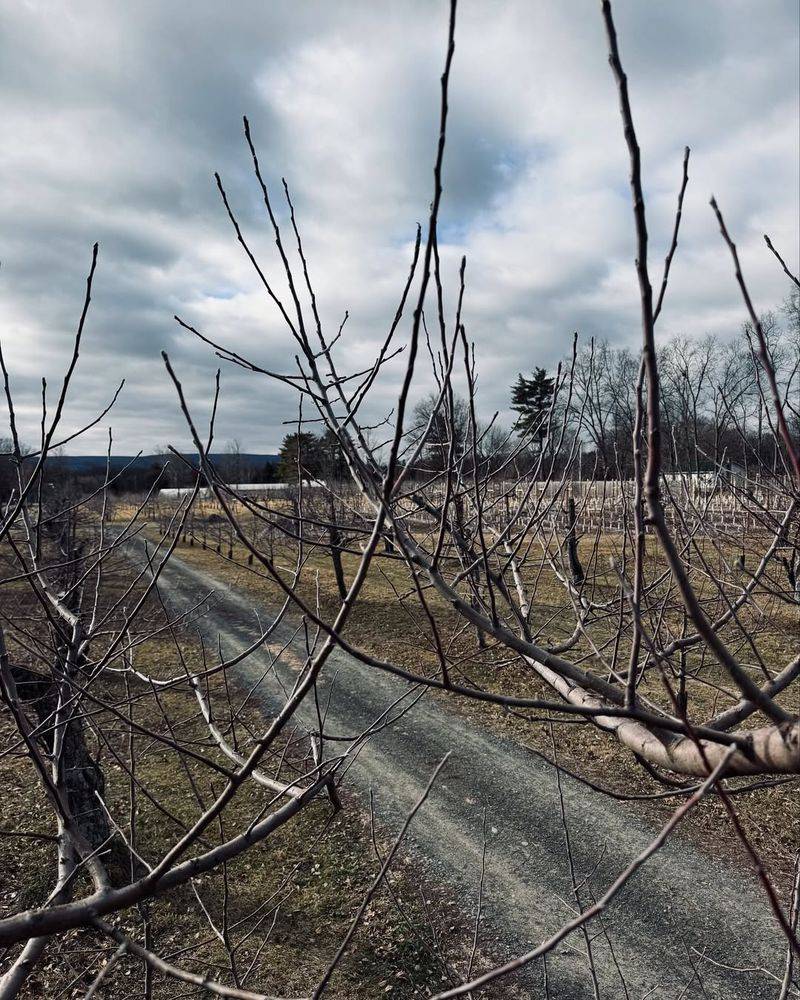Growing a pear tree is like planting a promise—one that blossoms into sweet, juicy rewards with just a little care and patience. Whether you’re dreaming of spring blossoms or baskets of homegrown fruit, the journey from planting to harvest is easier (and more satisfying) than you might think.
With the right variety, good timing, and a few expert tips, your backyard can become a pear-lover’s paradise. From soil prep to the perfect pick, this guide will help you grow healthy, productive trees that keep the deliciousness coming year after year.
1. Choosing The Right Pear Variety For Your Climate
Variety is the spice of life, especially when it comes to choosing your fruit. Pears come in many shapes and sizes, each with unique climate needs. Consider the chill hours required for the variety you choose.
Some pears need more cold weather to produce fruit. Additionally, check the hardiness zone of your area to find a match. European varieties thrive in cool climates, while Asian varieties like it warmer.
A well-chosen variety can mean the difference between a bumper crop and a barren tree. Choose wisely and your effort will bear fruit, quite literally.
2. Selecting The Ideal Planting Location
Location, location, location isn’t just for real estate. Finding the right spot is crucial for growth. Look for a sunny area, as these trees need plenty of light.
Avoid low spots where water might collect, as soggy roots spell trouble. Proximity to other trees should be considered too. Too close, and they compete for nutrients; too far, and they might feel lonely.
A well-chosen location provides the foundation for a healthy, happy tree that will reward you with abundant fruit. Your tree’s success starts with where you plant its roots.
3. When And How To Plant A Pear Tree
Timing is everything, even in gardening. Spring is generally the best time to plant, when the soil is warming but not too hot. Prepare your hole twice as wide as the root ball, ensuring roots have room to spread.
For bare-root trees, soak the roots before planting to rehydrate them. Container-grown trees can be planted with minimal fuss. Water thoroughly after planting, helping the soil settle around the roots.
Patience and attention to detail during planting set the stage for a healthy tree. As they say, good things come to those who wait.
4. Soil Preparation And Drainage Tips
Healthy soil makes happy trees. Before planting, test your garden’s drainage by digging a hole and filling it with water. If it drains too quickly, amend with organic matter. Poor drainage? Add sand or grit to help.
Optimal pH levels for pears are between 6 and 7.5, so a soil test is handy. Amend the soil as needed to create a welcoming environment for your new addition.
Proper soil preparation ensures roots have the nutrients and stability they need. Invest in the ground underfoot for a tree that stands tall and fruitful.
5. Proper Spacing For Pear Trees
It’s said that good fences make good neighbors, but for trees, it’s proper spacing. Pears need space to grow without battling for resources. Standard trees require about 20 feet between them, while semi-dwarf needs 15 feet, and dwarfs 10 feet.
Airflow reduces disease risk, so give your trees room to breathe. Overcrowding can lead to unhealthy trees and fewer fruits. A well-planned orchard layout pays dividends in tree health and harvest size.
6. Watering Requirements For Young And Mature Trees
Water, like love, is essential for growth. Young trees need consistent watering to establish roots. Aim for deep watering once a week, allowing moisture to penetrate the soil.
Mature trees require less frequent attention but still need a good soak during dry spells. Watch for signs of over or underwatering, such as wilting or yellow leaves.
Investing time in proper watering practices promotes robust growth and bountiful harvests. Remember, too much or too little can drown or parch your precious tree.
7. Fertilizing For Growth And Fruit Production
Feed your trees like champions for winning growth. Applying fertilizer in early spring supports new growth. Use a balanced fertilizer or one specifically for fruit trees.
Be cautious, as over-fertilizing can harm your tree. Nutrients like nitrogen, phosphorus, and potassium play vital roles. Regularly testing soil can help you adjust your feeding schedule.
The right nutrients at the right time lead to healthy foliage and fruitful limbs. Your tree’s diet directly impacts its productivity, so feed it well, and it will return the favor with delicious results.
8. How To Prune Pear Trees For Shape And Yield
Pruning isn’t just a haircut for trees; it’s an art form. Late winter or early spring is the best time for this task. Use sharp tools to make clean cuts, removing dead or crossing branches.
Shape the tree to allow sunlight to penetrate, aiding fruit development. Pruning helps control size and encourages more abundant fruiting.
Done correctly, it rejuvenates the tree, promoting new growth. Think of it as a way to refresh and prepare for a season of bounty. A well-pruned tree is a productive tree, ready for a fruitful future.
9. Recognizing And Managing Common Pests and Diseases
Pesky pests and diseases can put a damper on your gardening efforts. Keep an eye out for common culprits like aphids, pear scab, and fire blight. Regular inspection helps catch problems early.
Organic solutions like neem oil or insecticidal soap can be effective. In severe cases, chemical treatments might be necessary. Maintaining tree health reduces susceptibility to issues.
A proactive approach keeps your tree thriving and your harvest plentiful. An ounce of prevention is worth a pound of cure when dealing with garden adversaries. Stay vigilant to protect your leafy investment.
10. Pollination Tips For Better Fruit Set
Pollination is the secret matchmaker of the garden world. Some varieties need a partner for cross-pollination, so plant compatible types together. Bees and other pollinators are key players, so create a welcoming environment.
Plant flowers to attract them, boosting your fruit set. Understanding your tree’s needs ensures a successful harvest. Without proper pollination, even the healthiest trees can fall short. Encourage nature’s helpers to visit and watch your yields grow.
11. Thinning Pears For Larger, Healthier Fruit
Too much of a good thing can be overwhelming, even for trees. Thinning pears allows the remaining fruit to grow larger and healthier. Once fruit reaches the size of a marble, it’s time to thin.
Remove excess to leave about 6 inches between pears. This reduces competition for nutrients and sunlight. Thinning prevents branches from overloading, reducing the risk of breakage.
The result is a more manageable harvest of quality fruit. By giving each pear space to grow, you enhance the tree’s overall health and productivity. Less is more in this case.
12. Harvesting Pears At The Perfect Time
Timing is everything when it comes to picking. Check for maturity by gently lifting the fruit; it should detach easily. Pears ripen best off the tree, so pick when mature but still firm.
Look for color changes and test firmness. A clean break means it’s ready to move indoors for ripening. Harvesting too soon or too late affects flavor and texture.
Proper technique ensures a bruise-free harvest, preserving the quality. Enjoy the fruits of your labor when they’re at their peak. Perfect timing leads to a delicious and satisfying reward.
13. Storing And Ripening Pears After Picking
After the hard work comes the reward and the responsibility. Proper storage extends your harvest’s life. Store pears in a cool, dark place to ripen slowly. Check often for ripeness to prevent spoilage.
Once ripe, refrigerate to prolong freshness. Handle with care to avoid bruising, which can lead to spoilage. Enjoy your pears fresh, or use them in delightful recipes.
A little care in storage goes a long way in maximizing your enjoyment. Your patience and hard work are rewarded with delicious, homegrown fruit ready for the table.
14. Seasonal Care And Maintenance Tips
Year-round care ensures a fruitful future. Winter is for pruning and protecting from cold. Spring calls for fertilizing and monitoring growth. Summer requires diligent watering and pest management.
Fall is the time for cleanup and preparing for the cold. Each season brings unique tasks, all vital for maintaining a healthy tree. Keeping a calendar of care tasks helps you stay organized and responsive.
Seasonal attention ensures your tree’s health and productivity. Nurturing a pear tree is a year-long commitment that pays off in sweet, juicy dividends. Consistency is key for success.

